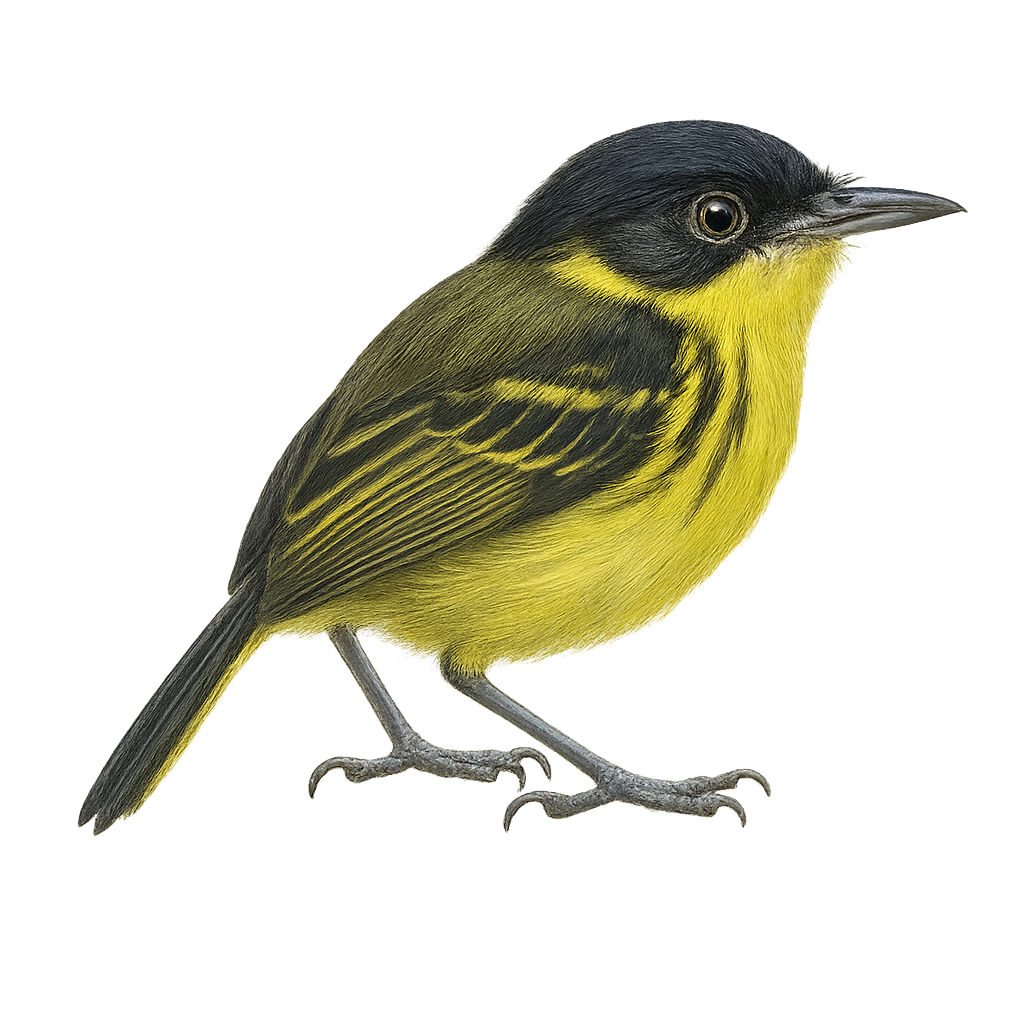Your wildlife photography guide.
Explore the painted tody-flycatcher in detail, study its behavior, prepare your shots.
Where to observe and photograph the painted tody-flycatcher in the wild
Learn where and when to spot the painted tody-flycatcher in the wild, how to identify the species based on distinctive features, and what natural environments it inhabits. The WildlifePhotographer app offers tailored photography tips that reflect the painted tody-flycatcher’s behavior, helping you capture better wildlife images. Explore the full species profile for key information including description, habitat, active periods, and approach techniques.
Painted Tody-Flycatcher
Scientific name: Todirostrum pictum

IUCN Status: Least Concern
Family: TYRANNIDAE
Group: Birds
Sensitivity to human approach: Suspicious
Minimum approach distance: 5 m
Courtship display: August to October
Incubation: 15-17 jours
Hatchings: September to November
Habitat:
Humid tropical forests, forest edges, mangroves
Activity period :
Primarily active during the day, with peak activity in the morning and late afternoon.
Identification and description:
The Painted Tody-Flycatcher is a small bird primarily inhabiting the humid tropical forests of South America. Its modest size, usually around 9 to 10 cm, is offset by its vibrant plumage. Males display bright colors with shades of yellow, green, and black, while females have softer hues. This bird is often seen catching small insects in flight, thanks to its slender, pointed beak. Known for its liveliness and agility, it moves swiftly between branches in search of food. The Painted Tody-Flycatcher is also recognized for its melodious songs, echoing through the dense forest canopy.
Recommended lens:
400 mm – adjust based on distance, desired framing (portrait or habitat), and approach conditions.
Photography tips:
To photograph the Painted Tody-Flycatcher, it is advisable to use a telephoto lens of at least 400mm to capture precise details without disturbing the bird. Look for areas where natural light filters through the canopy for well-lit shots. Be patient and discreet, as this bird is suspicious and may fly away quickly if disturbed. Early morning hours are best for soft lighting and increased bird activity.
The WildlifePhotographer App is coming soon!
Be the first to explore the best nature spots, track rutting seasons, log your observations, and observe more wildlife.
Already 1 429 wildlife lovers subscribed worldwide

